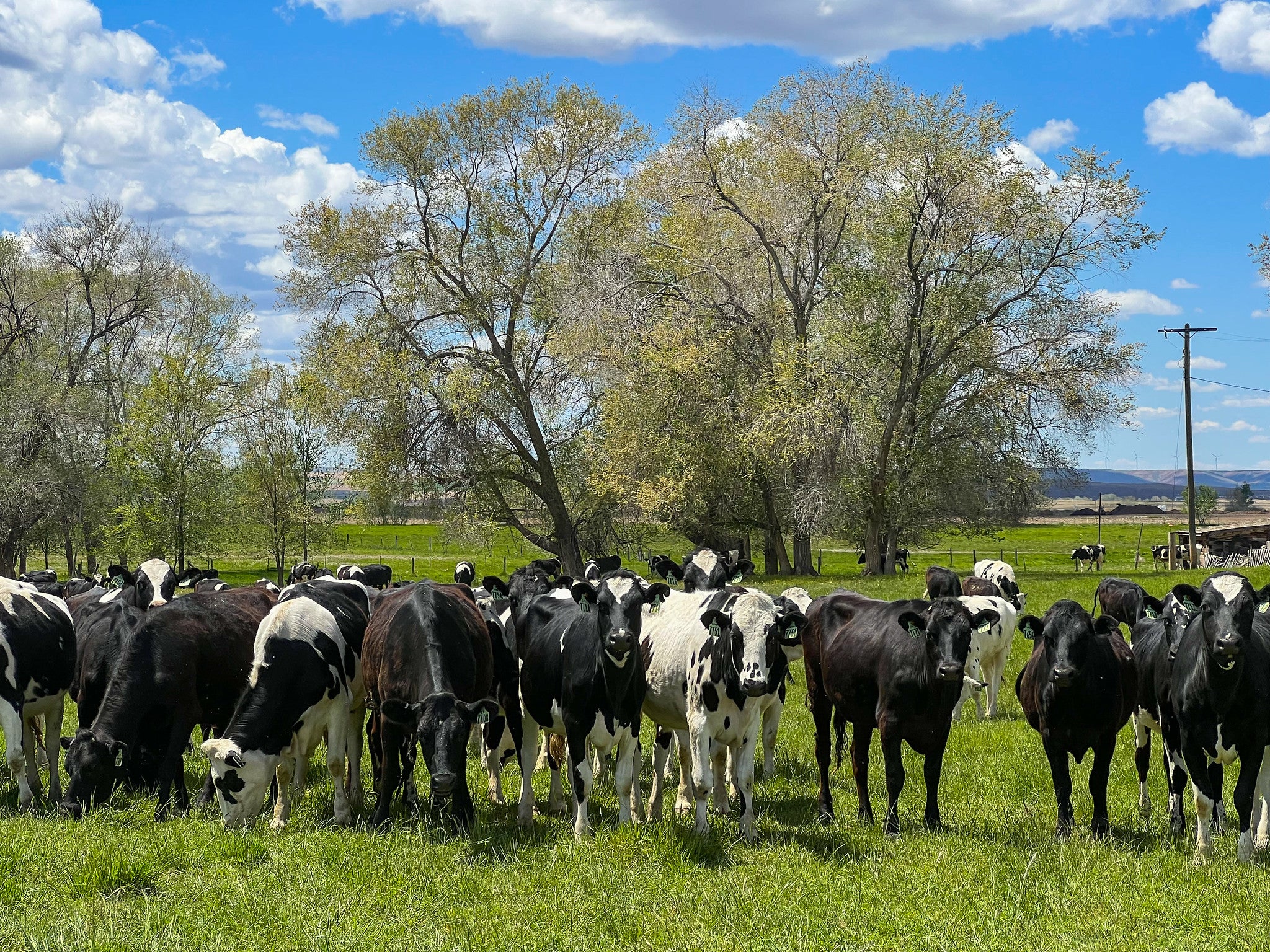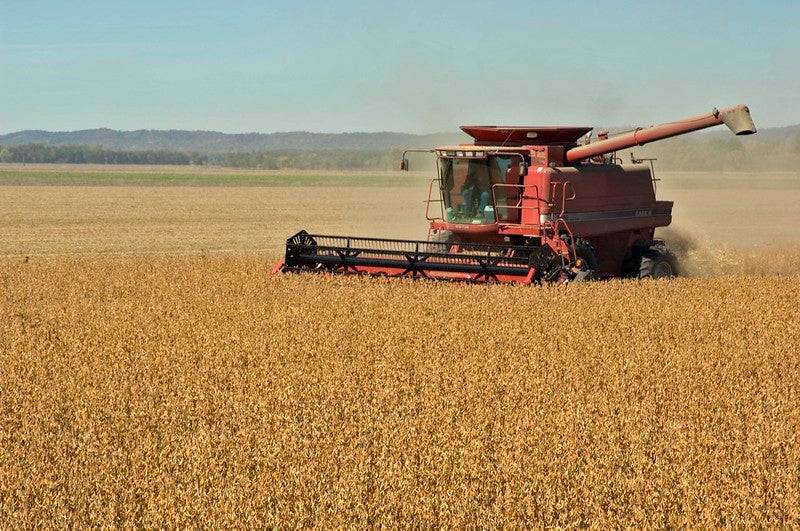Good manure management must involve ammonia emissions, too
When it comes to livestock and environmental impacts, methane emission reductions are often top of mind — and for good reason. Lowering methane emissions from animal agriculture is one of the fastest ways to slow down climate change. However, important local air pollutants like ammonia are seldom discussed with the same frequency or urgency.
Agriculture needs a path forward that jointly addresses its global climate impacts and its local environmental and public health impacts in an equitable way. Methane and ammonia must be managed in tandem.
The link between manure, methane and ammonia
Agriculture is a significant contributor of ammonia emissions, a potent pollutant with far-reaching implications for air quality and public health. Approximately 80% of global ammonia emissions originate from agricultural sources. In the United States 60% can be attributed specifically to livestock manure — a sobering reality that underscores the pressing need for effective mitigation.
Historically, large dairies and some swine operations have used a “lagoon,” an open pool system that stores manure and emits large amounts of ammonia and methane.
Anaerobic digesters are an improvement to open-air anaerobic storage and can be used to address methane emissions, odors and air quality issues associated with manure. Digesters involve covering manure pits with an airtight seal, capturing methane generated and managing it in various ways, including using it in on-farm energy generation.
In addition to managing methane, digesters offer other benefits for farmers such as keeping out rainwater, which reduces the volume of manure which needs to be managed.
Digester waste, also known as effluent or digestate, is rich in ammonia and can be spread on crop fields as fertilizer. However, if kept in open storage, ammonia can escape and continue to harm local air quality and other pollution.
Ammonia is harmful to human health
The open-air storage of both manure in lagoon systems and digestate in digester systems pose health risks because the ammonia emitted can react in the atmosphere with other gases, forming fine particulate matter (PM2.5). Fine particulate matter is easily inhaled and jeopardizes the health of nearby communities . Chronic exposure to harmful levels of these pollutants is associated with serious health ailments including asthma, low birth weight and increased risk of mortality from cardiovascular disease.
Ammonia also threatens downwind ecosystems by impairing water and soil quality, as well as contributing to indirect nitrous oxide emissions, a potent greenhouse gas.
While anaerobic digesters present a step in the right direction for addressing global greenhouse gas pollution, their implementation must be accompanied by measures that safeguard the well-being of those directly impacted by agricultural activities in local communities.
We can and must control ammonia emissions
Recognizing the complexities of different farming operations, there is no one-size-fits-all technology solution to methane and ammonia issues, but ammonia abatement is possible. Current interventions must address ammonia as a full system — parts of this system include storing digestate under covers, stopping the use of spray cannons that aerate the digestate, and/or extracting and concentrating ammonia for use or sale as a fertilizer.
By prioritizing the intersection of environmental protection, community health and agricultural sustainability, farmers and communities can find best-fit and durable solutions that both advance global climate goals and safeguard the health of local communities.
This calls for informed and locally-led decision-making that ensures equitable solutions, particularly for groups disproportionately affected by pollution.
Policymakers at the state and federal levels must put appropriate guardrails in place when providing credits or cost share for digesters, such as implementing practices for ammonia abatement from digestate as a minimum requirement for receiving incentives, so that frontline communities don’t suffer the health burdens of ammonia air pollution.
While anaerobic digesters offer a promising avenue for methane reduction in agriculture, their sustainability hinges on holistic approaches that address the broader spectrum of environmental and health concerns at multiple scales.
Supporting locally relevant solutions and fostering inclusive dialogue is essential in paving the way for a more sustainable agricultural sector — one that not only mitigates greenhouse gas emissions but also supports thriving communities and ecosystems.












